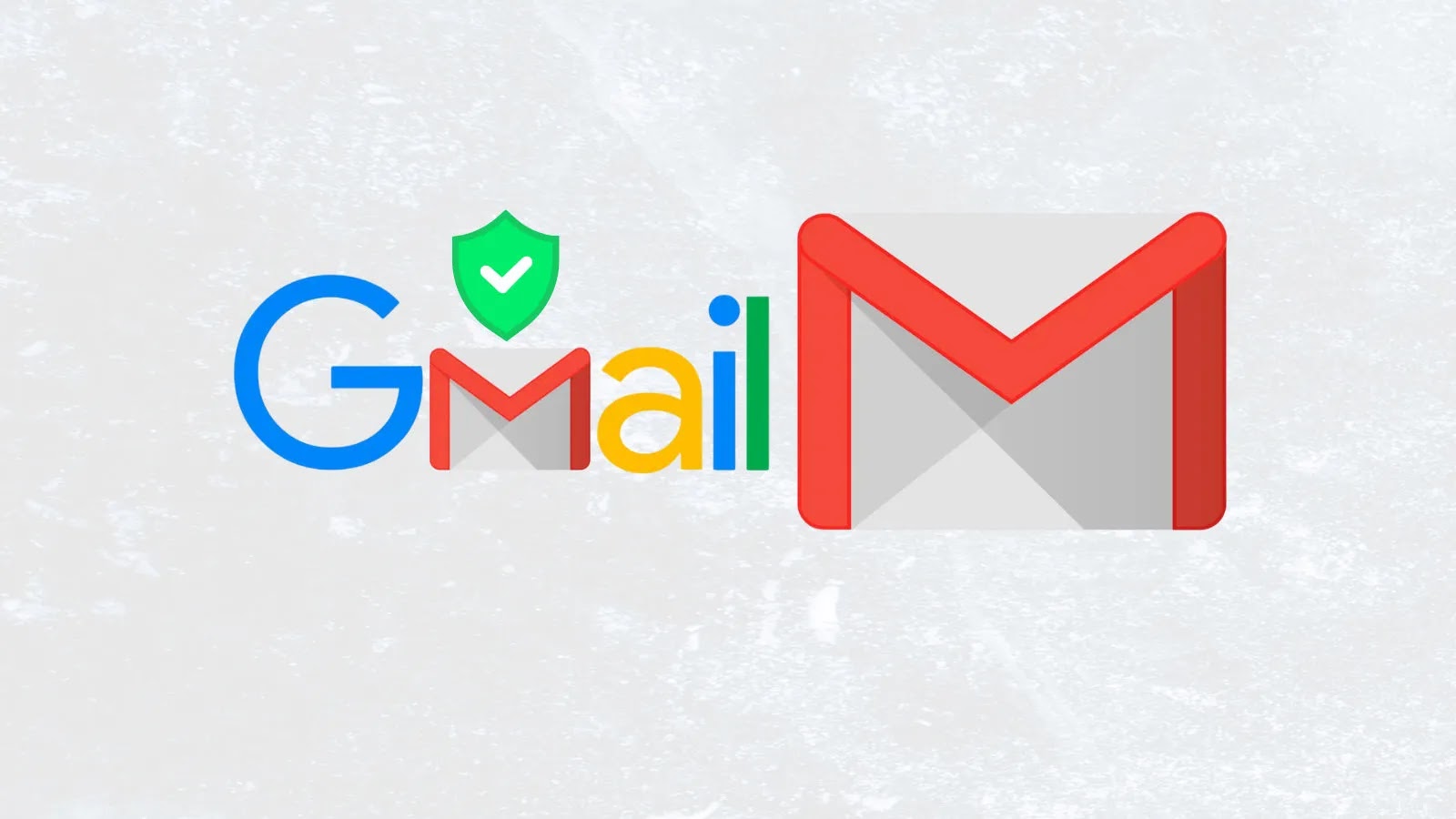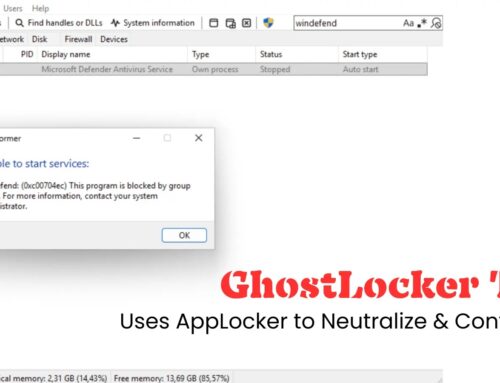
Google Denies Claims of Gmail Security Breach Impacting Millions
Unpacking the Gmail “Breach”: More Misinformation, Less Malice
The digital landscape is a constant ebb and flow of information, and sometimes, misinformation can spread like wildfire, causing undue panic. Recently, claims of a massive Gmail security breach impacting millions of users sent ripples across social media and certain news outlets. However, Google, the steward of this widely used email service, has swiftly and firmly denied these allegations. This article dives into the details behind these claims, clarifies Google’s stance, and offers crucial insights for maintaining robust online security.
Google’s Official Stance: No Widespread Compromise
In response to the circulating reports, Google unequivocally stated that there is no evidence of a widespread compromise affecting its Gmail service. The tech behemoth emphasized the integral security measures built into Gmail, designed to protect user accounts from unauthorized access. This denial directly addresses unsubstantiated claims that millions of Gmail accounts were breached, an assertion that naturally raised significant concerns among users globally.
The Source of the Confusion: Credential Stuffing and Data Leaks
The alleged “breach” appears to be a classic case of misinterpretation, stemming not from a direct compromise of Google’s infrastructure, but rather from the persistent issue of credential stuffing and recycled passwords. Investigations suggest that the data circulating as “breached Gmail accounts” is likely a compilation of credentials stolen from various third-party online services. When users reuse their email and password combinations across multiple platforms, a breach on one service can inadvertently expose their Gmail login details if those same credentials are used.
These large-scale collections of stolen usernames and passwords from unrelated breaches are often repackaged and sold on dark web forums. When these lists are then used in automated login attempts against services like Gmail – a technique known as credential stuffing – some users might inadvertently confirm that their reused credentials are “valid” for Gmail, even though Gmail itself was not the original source of the leak.
Understanding the Threat: Credential Stuffing Attacks
Credential stuffing is a sophisticated attack method where threat actors leverage lists of compromised usernames and passwords, typically obtained from breaches of other websites or services, to gain unauthorized access to user accounts on different platforms. This technique is particularly effective because many users, unfortunately, reuse the same login credentials across numerous online services. While not a direct breach of the target service, it poses a significant risk to user accounts, including those on secure platforms like Gmail.
Remediation Actions: Fortifying Your Digital Defenses
Given the persistent threat of credential stuffing and the importance of securing your primary communication channels, proactive measures are paramount. Here’s a comprehensive guide to safeguarding your Gmail and other online accounts:
- Enable Two-Factor Authentication (2FA) or Multi-Factor Authentication (MFA): This is arguably the single most effective defense against credential stuffing. Even if an attacker obtains your password, they won’t be able to access your account without the second factor (e.g., a code from your phone, a security key, or a biometric scan). For Gmail, enable Google’s 2-Step Verification immediately.
- Use Strong, Unique Passwords: Never reuse passwords across different online services. Create long, complex passwords that combine uppercase and lowercase letters, numbers, and symbols. A password manager can help you generate and securely store unique passwords for all your accounts.
- Monitor for Suspicious Activity: Regularly review your Gmail account activity for any unfamiliar logins or sent emails. Google provides tools in your security settings to view recent activity and linked devices.
- Be Wary of Phishing Attempts: Phishing remains a primary method for credential theft. Be suspicious of unsolicited emails or messages asking for your login credentials, even if they appear to be from a legitimate source. Always verify the sender and the legitimacy of the request.
- Stay Informed About Data Breaches: Use services like Have I Been Pwned? to check if your email address has appeared in known data breaches. If it has, immediately change your password for all affected accounts, especially if you’ve reused it.
Conclusion: Separating Fact from Fiction
While the initial reports of a Gmail breach were alarming, Google’s swift denial and the associated context bring clarity to the situation. This incident serves as a crucial reminder of the broader cybersecurity challenges users face, particularly the dangers of credential stuffing and the critical need for strong, unique passwords and multi-factor authentication. By understanding the true nature of these threats and implementing robust security practices, users can significantly enhance their online safety. Focus on fortifying your own digital habits; Google’s infrastructure remains secure, but your personal practices are the ultimate frontier of defense against account compromise.





